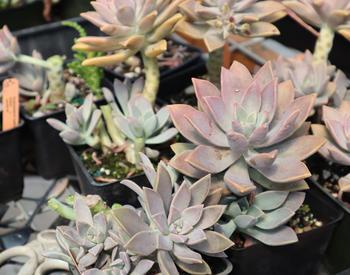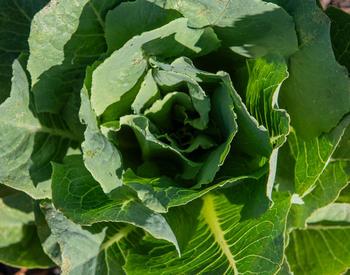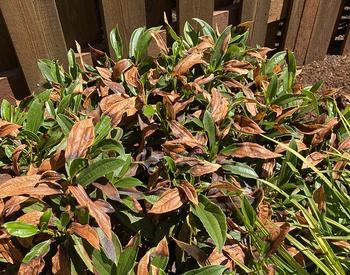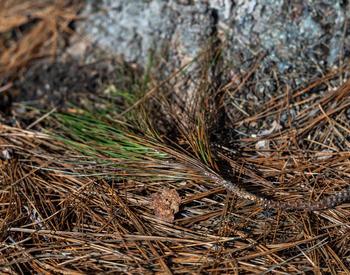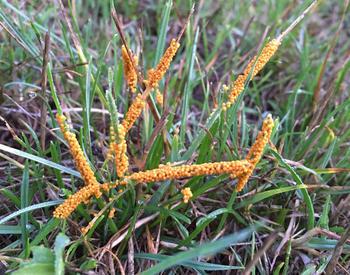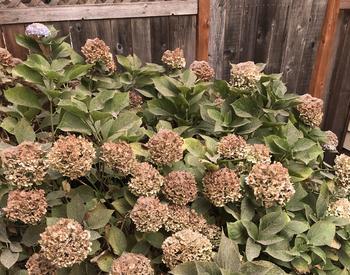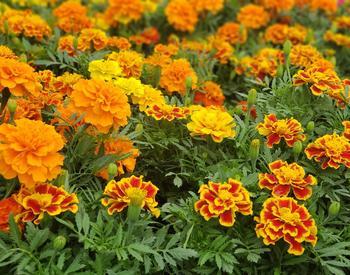Let's say your tomato plants have dark, weepy sores. Or the rhododendron leaves along your house are yellow and droopy. Perhaps you'd like to know what gray, sticky gunk is on your honeysuckle buds.
If you bring a sample of a diseased plant to a county office of the Oregon State University Extension Service, a Master Gardener or home horticulture agent will try to answer your question. But, if the problem is too tricky to diagnose by simple means, they may want to send it to OSU's Plant Clinic in Corvallis. If so, be prepared to be billed for the service.
For best service, when collecting a specimen to bring into your local county Extension office, follow the guidelines below from the OSU Extension Plant Disease Clinic.
Select plant material showing the symptoms you are actually concerned about. If possible, also bring in a healthy sample to compare it to.
For small plants, bring all parts of the plant, including roots when possible. Enclose the roots and soil in a plastic bag. If it is not practical to bring in an entire plant, include several affected portions of the plant (branches, for example). Individual leaves are not very helpful.
If the disease involves wilting, or if verticillium wilt or Dutch elm disease is suspected, bring several branch sections one inch in diameter and 12 inches long from branches with wilting or yellow leaves. Put samples in a plastic bag to prevent drying.
Turfgrass samples should be taken from the edges of affected areas. Collect one or two 3-by-3- inch squares of sod with an inch-deep section of attached roots and soil. Wrap each section in a slightly damp paper towel, then wrap with newspaper and bring in. Do not let the sample dry out.
When collecting fleshy specimens - such as fruit or potatoes - bring them with early and intermediate disease symptoms. Wrap specimens separately in dry towels or newspaper. Do not put in plastic.
Just as when you go into the doctor, you will need to give some basic information, along with your diseased plant specimen, including:
- Where the sample came from. (Your vegetable garden? Lawn? Greenhouse?)
- When did you first notice the disease?
- What is the plant's immediate environment (shade vs. sun; clay vs. loam; windy vs. protected, etc.)?
- How is the plant being cared for? Overhead watering? Drip irrigation? Fertilizer? Pesticides?
- What are the symptoms of the undiagnosed ailment?
The Master Gardener volunteers or county horticulture agent will try to diagnose the problem. If it "stumps" them, they will ask if you would like your specimen sent into the OSU Plant Disease Clinic on campus, along with the information you provided. (Note: this clinic is a fee-based service.) Results are sent back to the local county office and an OSU Master Gardener volunteer will call you with the results.

